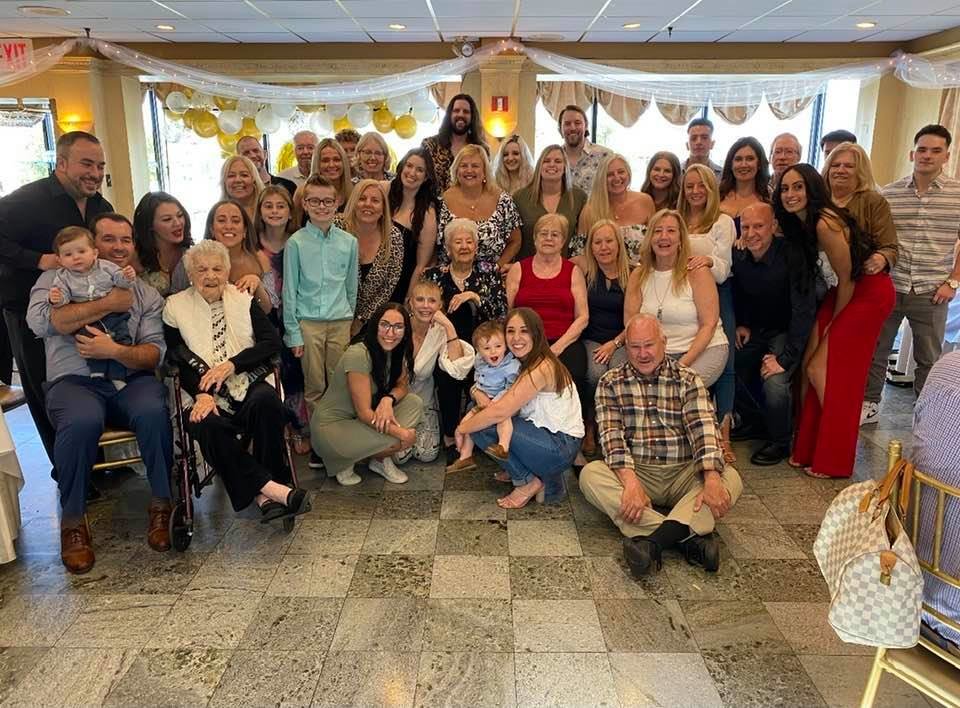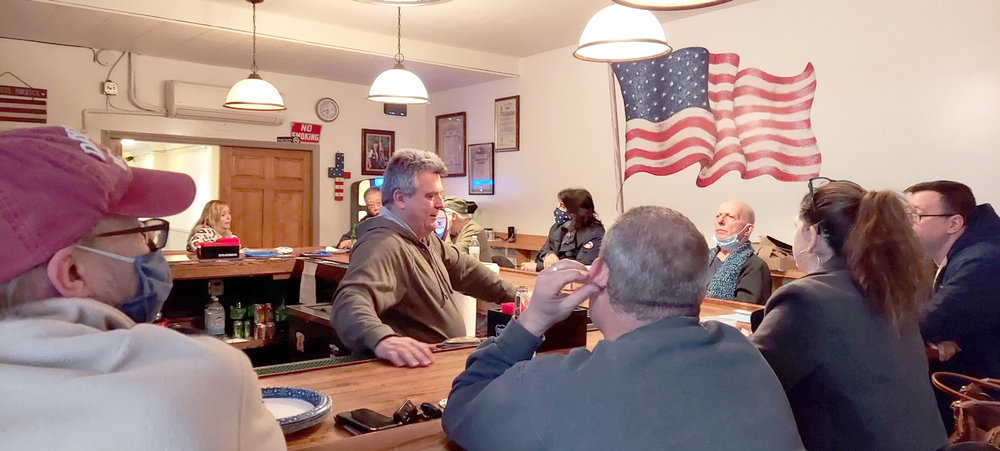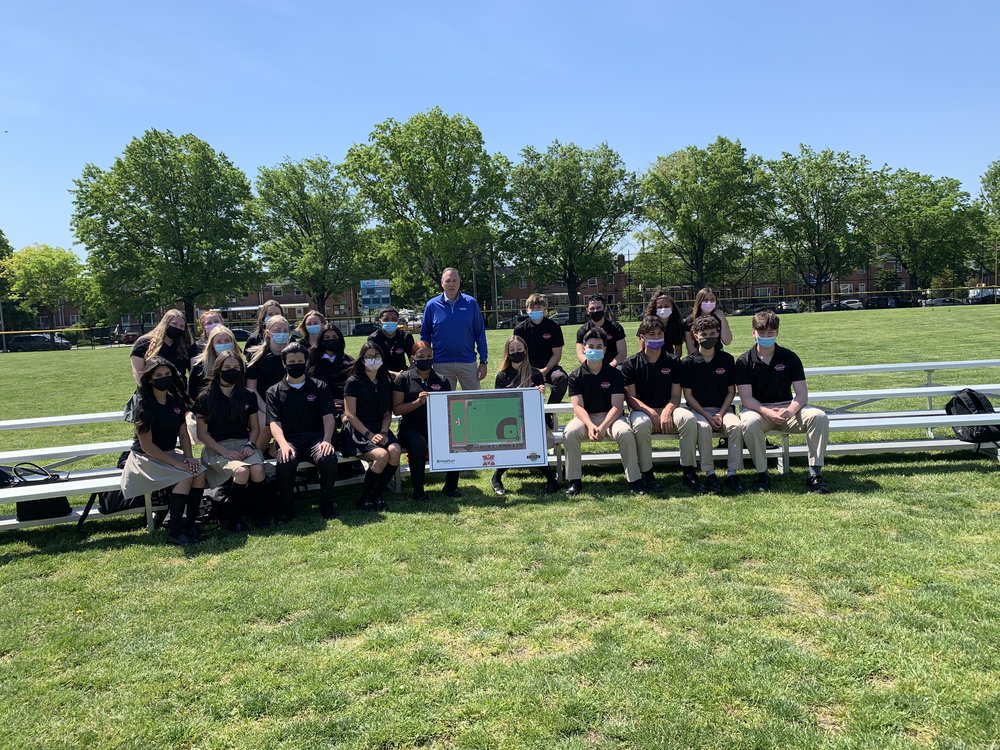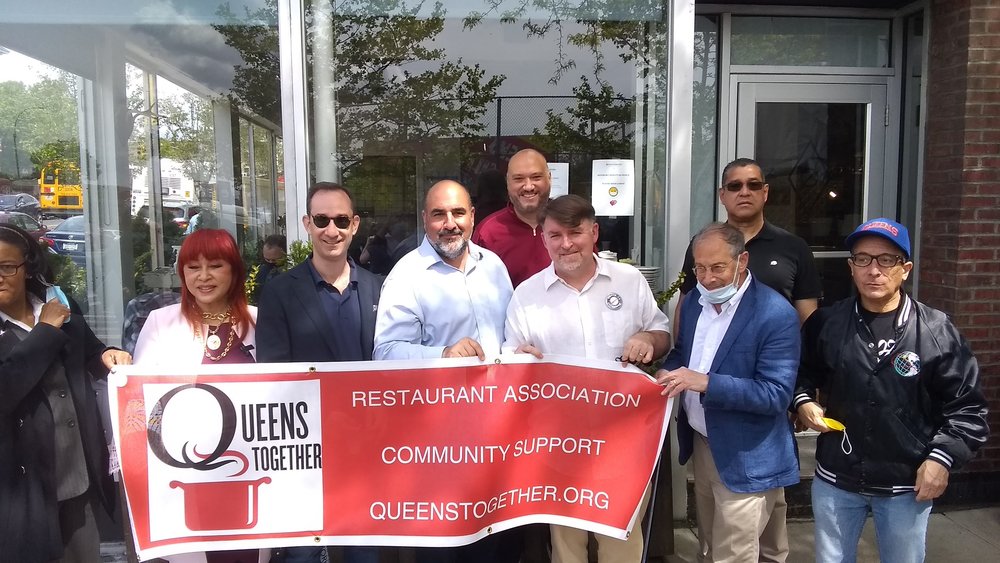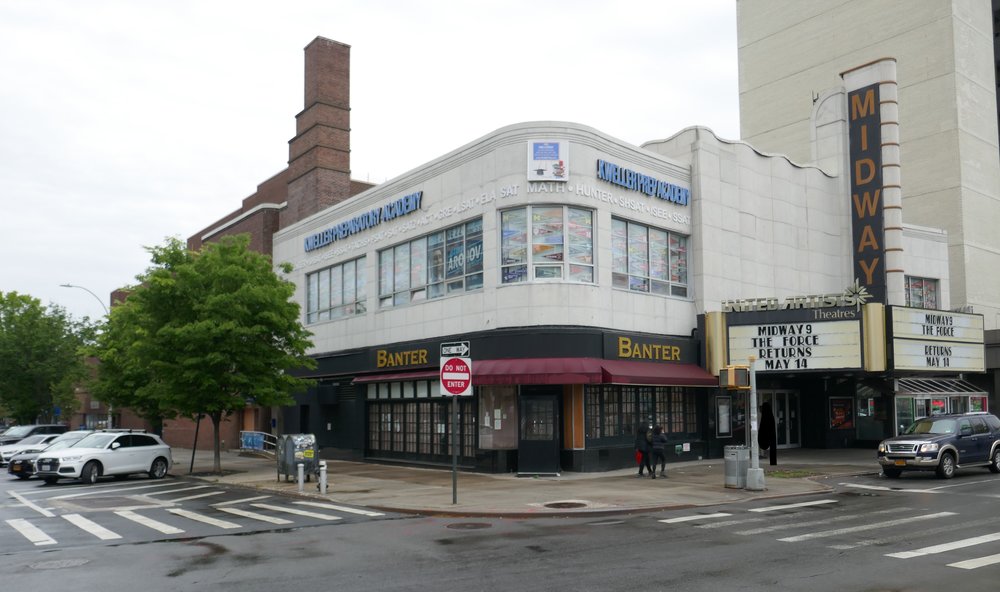Celebrating another year, this time in person
Last May, a group of us gathered in front of Eleanor Shannon’s house on 84th Street in Woodhaven to wish her a happy 99th birthday.
It was the scary early days of the pandemic and we were masked, gloved and so socially distant we had to speak loudly to make sure she heard us sing “Happy Birthday.”
At the end of the gathering, we all promised that we’d gather again in a year to wish her a happy 100th birthday. That’s no small vow to make in the midst of a worldwide pandemic, the end of which was nowhere in sight.
And yet, there we were a year later on 84th Street, singing to Eleanor on her 100th birthday and gathering a few days later with family and friends to celebrate her centennial.
Eleanor Shannon was born to Catherine and Edward Shannon in Greenpoint, and lived for a time in Howard Beach. After her father’s tragic passing at an early age, her family moved to Woodhaven. That was in 1933 and she’s called it home ever since.
Her first home in Woodhaven was on 80th Street, and she remembers a neighborhood with streets so lined with trees you could walk an entire block on a sunny day and not leave the shade.
She worked for a time as a bookkeeper in a chemical company, where she met her future husband, George Errante. But before they got married, there was a little matter of a Second World War to get past.
Upon his return from service 36 months later, Eleanor and George were married and soon had two children, Robert and Lorraine.
Eleanor began getting involved in our community volunteering in numerous organizations dedicated to the interests of local children, such as the Cub Scouts, Girl Scouts, and The Mother’s Club of St. Thomas the Apostle, to name a few.
She has been a regular member of the Woodhaven Residents’ Block Association from the beginning, and she also got involved in local politics, eventually becoming a district leader, a position she held for decades.
And in 2011, Eleanor Errante was honored by the WRBA as Woodhaven’s Woman of the Year, an honor that was as much for her lifetime contribution to our community as it was for her current and ongoing activities.
“Eleanor is an outstanding example of a community-focused individual, fighting on behalf of her community and the 38th Assembly District for over half a century,” said then-assemblyman Mike Miller.
And she’s not done fighting. In recent years, Eleanor was an outspoken critic of the city as they stood by and allowed a derelict building to shut down both our local volunteer ambulance corps and our senior center.
In 1994, at the age of 93, Eleanor led a rally blasting the city for actions harmful to our community.
Eleanor didn’t let her age stop her then and she doesn’t let it stop her these days either. In fact, it took a world pandemic to keep Eleanor inside.
Steve Forte, president of the Woodhaven Residents’ Block Association, says that Eleanor has been and still is an “unbelievable leader fighting for her neighborhood.”
Janet Forte said the one thing most people don’t know about Eleanor is that she has a terrific sense of humor.
“She absolutely hysterical, a funny lady who always says exactly what’s on her mind, but always sweet and caring and complimentary,” she said.
Sure enough, at this past weekend’s party, she was joking around with her friends and family and making them laugh. And with the recent announcements from the CDC and the rules and guidelines loosening up quite a bit, it was easy to laugh and have fun in a group setting again.
It was easy to look around the room and see faces, actual faces, smiling and laughing and realize that things were going to be okay after all.
Eleanor Shannon Errante has lived through some interesting times, and on behalf of all the residents of Woodhaven, we wish her a very happy and healthy 100th birthday and look forward to gathering in front of her house again next May to celebrate her 101st.

